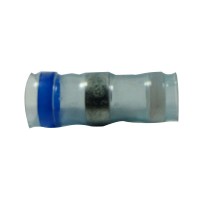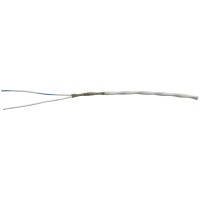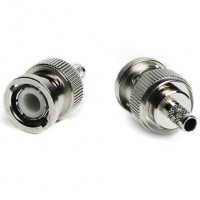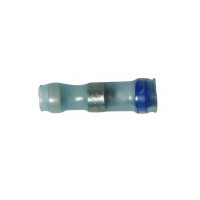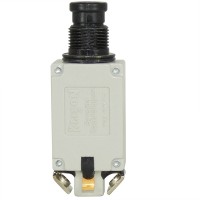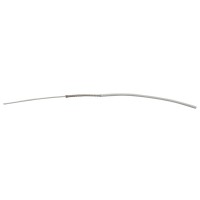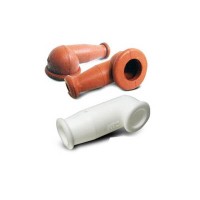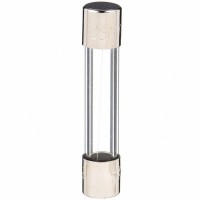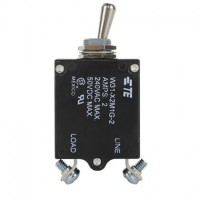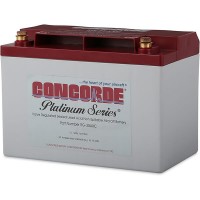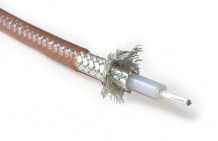Raychem Butt Splice Blue Tin-Plated (Pack Of 25)
- JUMP TO
- Overview
- Accessories
- Reviews
- Q&A
- View in Catalog
| Description | Mfr Model | Color | AWG | Part Number |
|---|---|---|---|---|
| Raychem Butt Splice Tin Plated | D-436-37 | Blue | 20-16 | 11-04427-25 |
Overview
|
The D-436 is a MiniSeal high-performance immersion-resistant Crimp Splice. Heat-shrinkable, transparent sealing sleeve made from radiation cross-linked polyvinylidene fluoride. This environment-resistant splice provides excellent reliability, long term performance, MIL-S-81824/1 qualification. Splice Type: Butt splice Insulation Material: Radiation-crosslinked, heat-shrinkable polyvinylidene fluoride Meltable Inserts: Meltable thermoplastic |
WARNING: Cancer and Reproductive Harm - www.P65Warnings.ca.gov. |
Reviews
Expensive, requires a specific crimping tool, but this is the best butt splice I have found.
Raychem Butt Splice Blue Tin-Plated (Pack Of 25)
Hallelujah, finally it seems Raychem is back in production after a long thirsty spell. Very hard to do proper avionics wiring without these vital components.
Raychem Butt Splice Blue Tin-Plated (Pack Of 25)
Raychem Butt Splice Blue Tin-Plated (Pack Of 25)
5 stars
Raychem Butt Splice Blue Tin-Plated (Pack Of 25)
Expensive but worth the cost
Raychem Butt Splice Blue Tin-Plated (Pack Of 25)
Its a standard been around for decades. Does its job well.
Raychem Butt Splice Blue Tin-Plated (Pack Of 25)
I worked as a aircraft electrician on F-16s for 13 years, and these are the only approved method of splicing wires LM Aero would approve. They are the best!
Easy to use.
I use these all the time. Very useful to create a good splice.
Great product, really holds those wires together
Q&A
Please note, Aircraft Spruce's personnel are not certified aircraft mechanics and can only provide general support and ideas, which should not be relied upon or implemented in lieu of consulting an A&P or other qualified technician. Aircraft Spruce assumes no responsibility or liability for any issue or problem which may arise from any repair, modification or other work done from this knowledge base. Any product eligibility information provided here is based on general application guides and we recommend always referring to your specific aircraft parts manual, the parts manufacturer or consulting with a qualified mechanic.


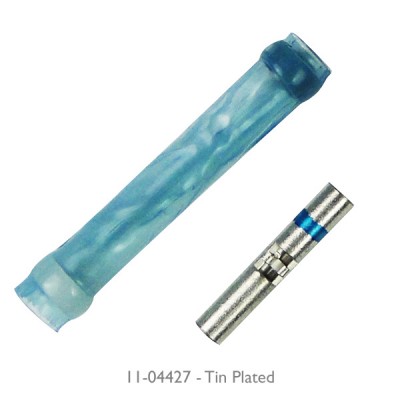
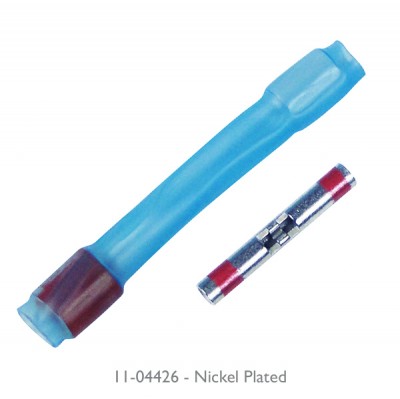
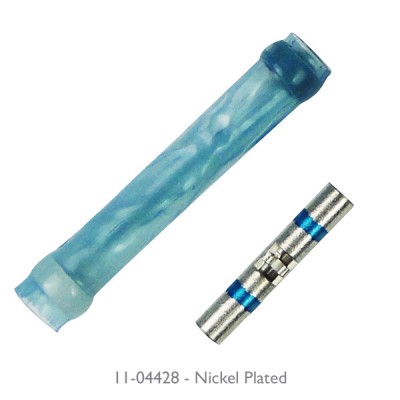
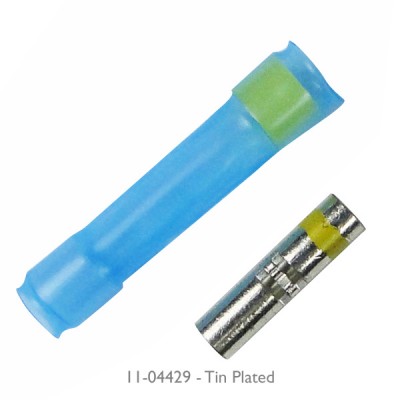
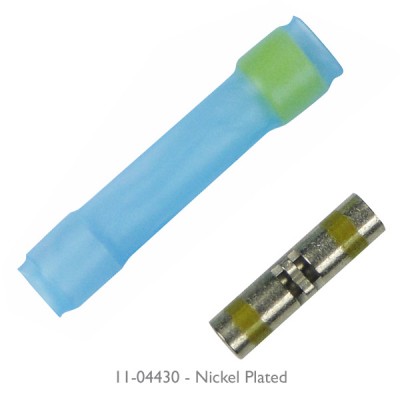










 FREE Shipping
FREE Shipping



